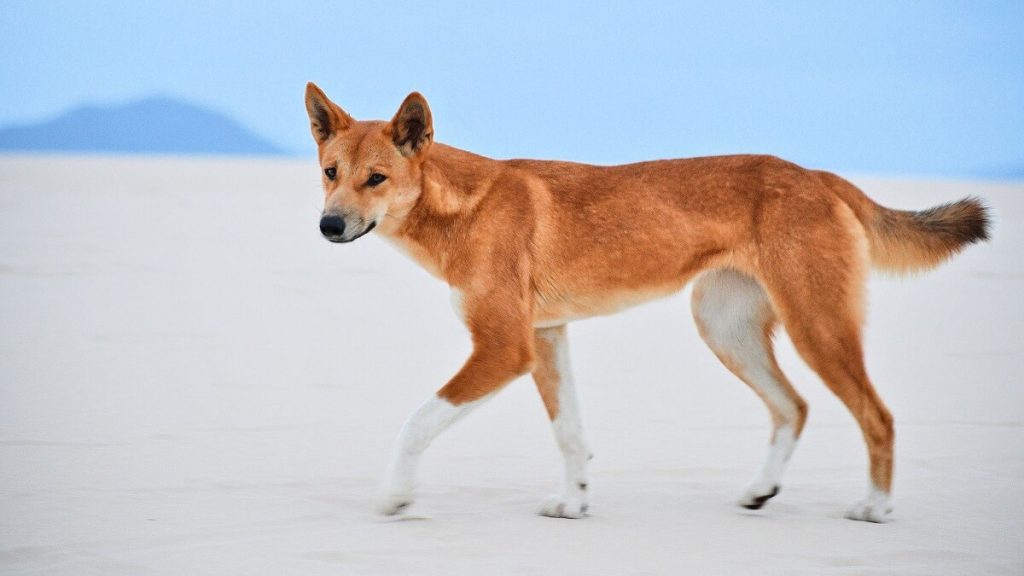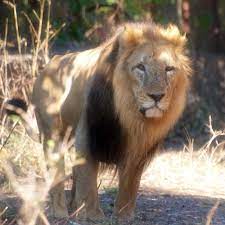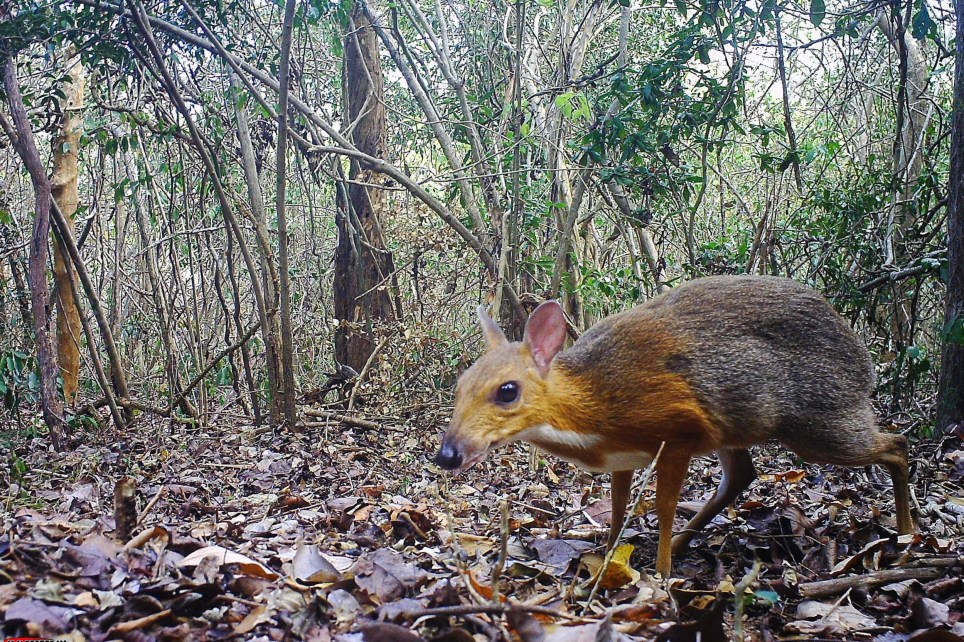While the dingo made look like part of the native fauna of Australia, that is not the case. They were bought there by aboriginal people.


Wildlife and conservation new, wild travel information and links for booking
While the dingo made look like part of the native fauna of Australia, that is not the case. They were bought there by aboriginal people.

Just four birds have a population over a billion, house sparrows European starlings ring-billed gulls and barn swallows.
At the other end, there are over 1180 species with 5000 or less members left.
The last time this survey was done was 24 years ago, the estimate was 200 to 400 billion birds, though it is clear that some of this reduction in numbers will be down to a more accurate survey – still many birds are heading rapidly in the direction of extinction.
The first thing to be done in conservation is to understand the current situation, so this is a great first step. Now the world needs to work hard on conserving what is left – unfortunately this is a rather bigger task. However now we know what needs to be done we merely need to get on with it.
The asiatic lion only continues to exist in the Gir national park. When this area was first protected, the lion population had fallen very low, some saying a matter of only a couple of dozen remaining members. In the 50 or so years since the population has multiplied well. Now are said to be around 400, spread across 1 contiguous protected area (under a number of different authorities – Gir Sanctuary, Gir National Park, Pania Sanctuary, Mitiyala Sanctuary, and Girnar Sanctuary. The first 3 form the core, with the others lying within dispersal range.

The problem is at these three have a combined area of about 561 square miles, which is an incredibly high density for lions.
Continue reading “Asiatic lions are found in only one place, yet local government authorities refuse to move any”While increasing amounts of land is given to wildlife in southern Africa and the lion population grows, unfortunately in east and central Africa the opposite is happening.
Unfortunately in west and central Africa, the lions (many of these lions are orphaned relict populations of the Asiatic lion, and therefore highly important) tend to live in fragmented and small groups cut off from others of their kind. If humans can reconnect these populations then the dramatic decline that is expected in this region, could be halted.
Continue reading “Lion population expected to half in the wild during the next 15-20 years”Unfortunately as the wealth of the Chinese middle class has grown, these several 100,000,000 extra people have wanted the traditional medicines that supposedly there ruling ancestors once enjoyed. The start of the epidemic that we are just starting to recover from, was caused by poaching of wild animals. It is likely that there are many more forms of bacteria and virus living deep in rainforests and other wildernesses around the world. Might the risk of a further outbreak, finally force the Chinese government to halt the insane poaching that its people have caused around the world?
In order to deliver these raw materials for so called chinese medicine (I say so called, as no scientific study has been able to show a link between any of these treatments and a change in human conditions) animals have to be hunted. These animals are protected, and so this demand drive poaching that can locally eliminate these animals from ecosystems.
Continue reading “Perhaps one good thing come out of the epidemic-Chinese people are finally prepared to change behaviour towards wild animals”
The mouse deer, a small antelope last seen 30 years ago in Vietnam, has been caught on camera trap again. Also known as the Silver-backed Chevrotain, having been seen on the camera trap, more were set up in the same region and they had many separate encounters with the mouse deer.
The local knowledge was used extensively in making this discovery and there is much effort to engage the local Village in the protection of this species. They are also excited to see what other species might have survived in this part of Vietnam, unknown to science.
Huge numbers of species have been disappearing from some or all of their original range in the wild. While there are other reasons for animals to disappear from areas, humans are usually the biggest. This is certainly the case on a micro scale. The majority of impacts of climate change has shifted the entire range for a species in one direction or another. Many mountainous species have shifted their range up hill as the planet has warmed. The problem with this shifting is that often it leaves species stuck in small areas of suitable habitat at the top of hills or mountains. Continue reading “UK extinct species and imported species – Part 1”









Join as an ambassador supporter to
support this site, help save wildlife
and make friends & log in

